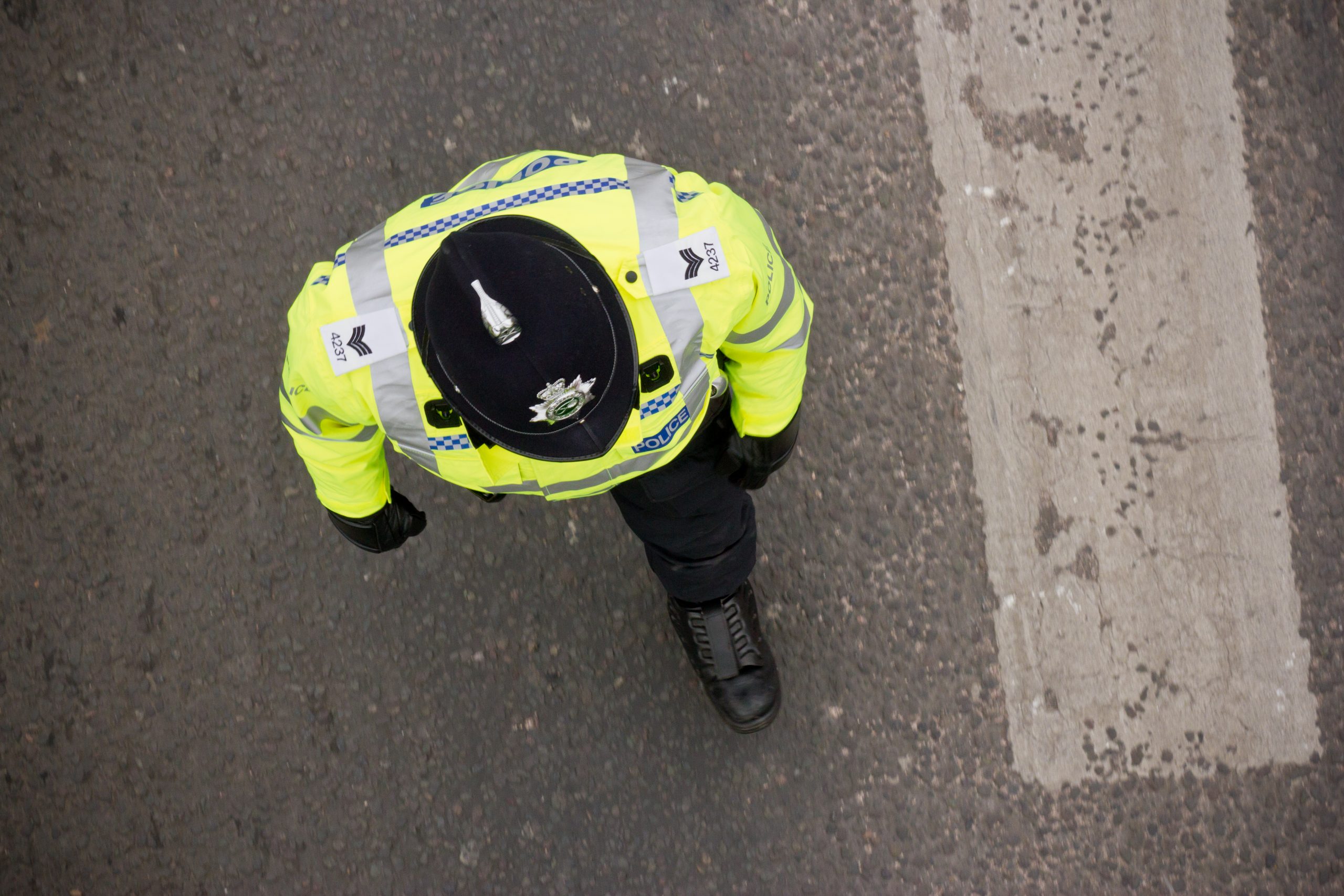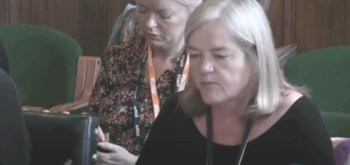This week the Justice Committee published a report stating that the law on joint enterprise is so confusing for juries and courts alike that legislation is needed to ensure justice for both victims and defendants and end the high number of cases reaching the Court of Appeal. The Committee heard evidence from aggrieved families of people convicted of murder where someone else inflicted the fatal blow and at the same time recognised the need to control gang crime through legislation. Together with Frances Oldham QC, I recently successfully defended a woman in a murder where her partner left the house with a knife, pursued some people making a disturbance and stabbed one of them to death. The prosecution case was that she had joined in. The evidence was she came along sometime later and pulled someone’s hair. There was no direct evidence that she knew about the knife. For ordinary people, it is shocking that a woman could spend over a year in custody awaiting trial for pulling someone’s hair. For a lawyer making the decision to charge, the issue was the extent of her participation and foresight. Add to this the probability that this defendant would choose to give evidence and therefore probably assist in convicting the stabber and one can see how decisions to charge apparently peripheral people with murder are routinely made. Taking an alternative and recent example, imagine a group of racist thugs who hang out together, routinely carry knives and express the notion that those knives should be used to inflict serious harm on a black person. Suddenly you can see how a jury would conclude that each of the gang subsequently involved in a killing would be jointly guilty of murder. The decisions in each of these cases are not always easy to predict and all depend on the evidence at trial rather than a paper exercise.
The Justice Committee said: ‘Our primary recommendation is that the Ministry of Justice should take immediate steps to bring forward legislation in this area. We believe the problems to be sufficiently acute, however, that we also recommend the Director of Public Prosecutions issue urgent guidance on the use of the doctrine when charging. In particular, we would welcome guidance on the relationship between association and complicity, which is of vital importance in gang-related violence and homicides.’ In ordinary language, ‘complicity’ means you join in with baddies and ‘association’ means you mix with them. The problem is that the law on foresight of harm has to cope with the many and various ways that crimes can be committed by more than one person and that, in relation to murder, there no credible alternative to a charge of murder. If part of a gang did not foresee a killing then they are not guilty of murder. That they might have used or threatened unlawful violence may be an affray but this is rarely on an indictment, given the limited sentencing powers. Sorting out who did what and why has always been the task of a jury and legislation for a form of aggravated affray as an alternative might cure the situation but create other injustices. In the meantime, it’s hard to see how the DPP can issue guidance without simply stating that where there is evidence of participation people should be charged and not otherwise which would amount to no more than the current state of the law. He will be hard pressed to say – those who didn’t do much we won’t charge as the detail often comes out in the trial. The Justice Committee have indicated that something should be done but, given recent criticisms of Parliamentary drafting by the Lord Chief Justice it will be interesting to see what.






